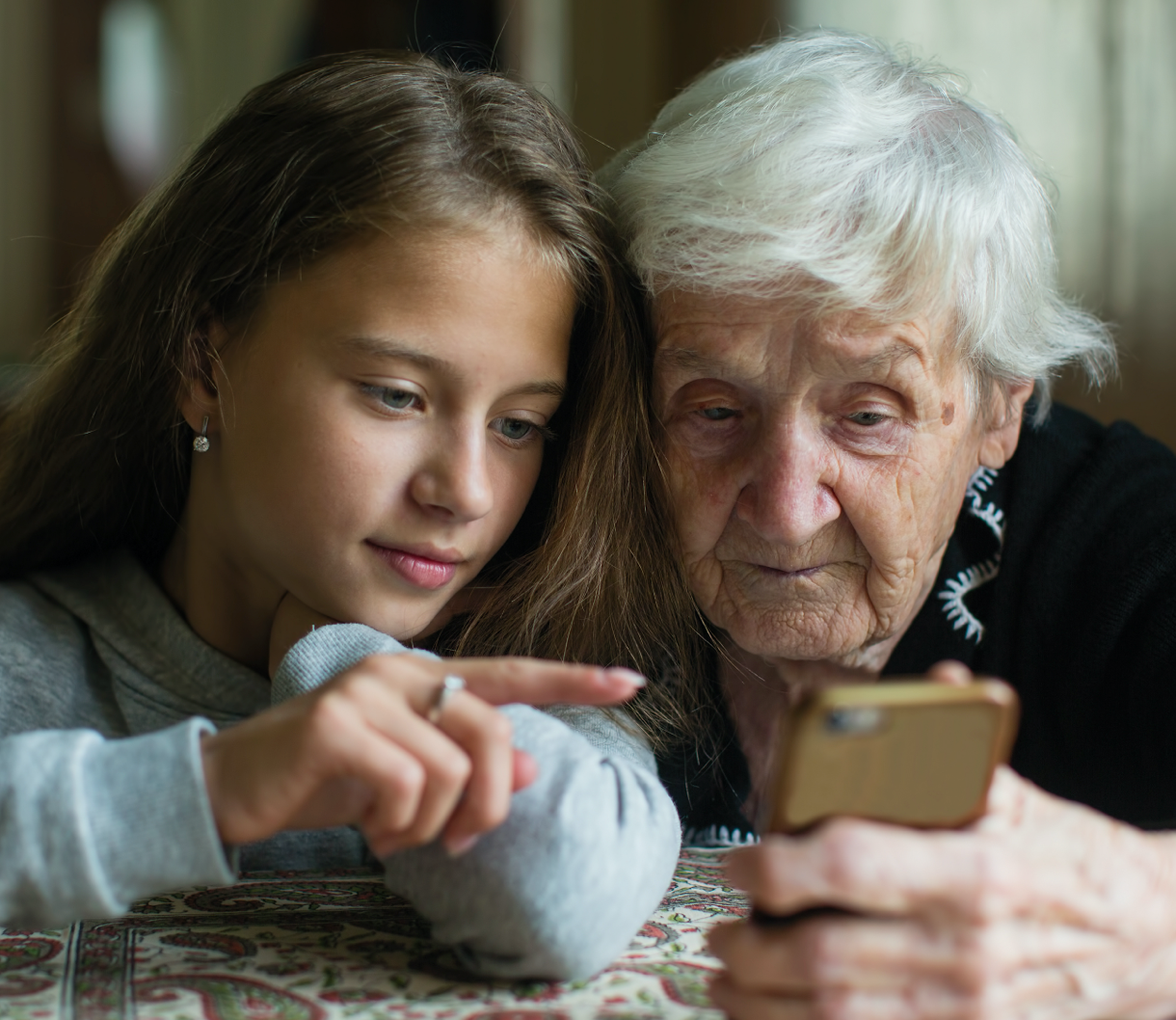What Is Sundown Syndrome and How Caregivers Can Cope with It

If you’re a parent, you likely experienced the “witching hour” when your child was an infant—the evening hours when your baby is especially fussy or cranky. It’s not a time parents look forward to. Both you and your baby are exhausted, but you know your greatest task is still at hand: getting your baby to sleep.
For people who are living with dementia, their “witching hour” is known as “sundown syndrome.” Sundown syndrome is irritation, agitation or confusion that occurs in the late afternoon and evening hours. Similar to young parents, this time of day can be exhausting for caregivers who know that their loved one needs a good night’s rest, but sundown syndrome may get in the way.
Caregivers can find solace in the fact that sundown syndrome is very common among those who are living with dementia and Alzheimer’s. As many as 66% of those with moderate to severe cognitive decline experience it. Sundowning is typically seen in those who are still living at home, but happens in memory care facilities as well. The location doesn’t matter.
Understanding more about sundown syndrome, its causes and its symptoms can help you and your loved one cope with it.
Sundown syndrome is irritation, agitation or confusion that occurs in the late afternoon and evening hours.
Symptoms of Sundown Syndrome
Common symptoms of sundown syndrome include:
Sundown syndrome can begin as early as 3 or 4 p.m. and continue into the night hours. A change in the light outside is typically what triggers symptoms.
What causes Sundown Syndrome?
There are no agreed-upon causes of sundown syndrome, but experts have a few theories.
1. Brain fatigue
The brain of someone with cognitive decline has to work extra hard throughout the day to understand what is going on around him. Some experts think by mid-afternoon through the end of the day, the brain is fatigued and starting to wear down, which can lead to a meltdown of sorts, causing agitation during this time of day.
2. Triggering of old memories
Sundown syndrome can begin between 3 and 4 p.m.—this is typically a busy time of day for people who work or pick up kids from school. As this expert explains, although the person with dementia is likely no longer working or picking up kids from school, it’s possible her brain and body remember this as a busy time of day, triggering her to become more active. When she doesn’t have anything to do or anywhere to go, she may become agitated or irritable, especially if her caregiver is encouraging her to calm down or be still.
3. Caregiver exhaustion
Caregivers are often tired by the end of the day. They may be agitated with their loved ones or tired of taking care of them, needing time for themselves. This article suggests the loved one can sense this from his caregiver and may respond with sundown symptoms, unable to express how he’s feeling and unable to ask his caregiver how she is feeling.
Other possible causes of sundown syndrome include fatigue, depression, boredom, and poor sleep.
Tips for Coping with Sundown Syndrome
Sundown syndrome may feel overwhelming for caregivers, but you are not helpless at this time of day. There are behavioral and environmental changes you can make that may help reduce your loved one’s symptoms.
Dr. Natali Edmonds, a geropsychologist and the founder of Careblazers—a community and resource hub for caregivers — suggests adopting the following strategies to help manage your loved one’s sundown syndrome.
1. Set and stick to a routine.
Set up a predictable route for your loved one. Eat meals at the same time of day, have activities during certain times and establish a nighttime routine. These will help keep your loved one regulated and calm throughout the day.
2. Prioritize sleep.
Make sure your loved one is getting the right amount of sleep at night—not too much and not too little.
Avoid stimulants like caffeine and alcohol in the evening as these can keep your loved one awake.
3. Prioritize your own self-care.
Make sure you are taking time for yourself each day. Caretaking is exhausting. You need breaks. You need time to recharge. This will give you the energy required should sundown symptoms arise.
4. Schedule activities strategically.
Most people with dementia have the most clarity and energy earlier in the day. Schedule doctor’s appointments and other tasks during this time when your loved one is most alert and schedule enjoyable activities throughout the day that don’t include sitting around or watching T.V.
5. Keep your home well-lit in the evenings.
When lighting is dim, it can be hard for your loved one to see properly. She may mistake objects or feel startled by shadows. Keep lighting bright enough to prevent this confusion and disorientation.
6. Practice relaxation.
Include relaxation techniques throughout your day, such as aromatherapy and calming music. If your loved one likes to watch T.V. in the evening, keep the volume low and make sure he’s not watching anything that would disturb him.
7. Keep a journal.
Keep track of your loved one’s sundown symptoms, when she exhibits them and possible triggers. Look for patterns. This will help you know how to manage symptoms and avoid triggers in the future.
8. Ask your doctor about medication.
Dr. Natalie Edmonds suggests medication as a last resort. If these behavioral and environmental changes don’t help, there may be a prescription or over-the-counter medication that could. Talk to your doctor to discuss your options.
Sundown Syndrome vs. Delirium
It’s also important to know the difference between sundown syndrome and delirium, a more serious condition in those who are living with dementia.
Delirium tends to come on suddenly and can happen at any time of day and throughout the day. Delirium causes a drastic difference in your loved one’s behavior. Symptoms can be similar to sundown syndrome but more severe and sudden. Talk to your doctor immediately if you think your loved one may be experiencing delirium as this is typically indicative of another medical condition such as infection.
As exhausting as sundown syndrome is for caregivers, remember it is common. You’re not alone. Try the strategies we listed above. Talk to your doctor and your fellow caregivers. With the right behavioral and environmental changes, this time of day can get easier.





